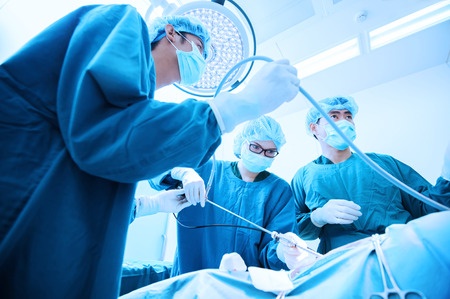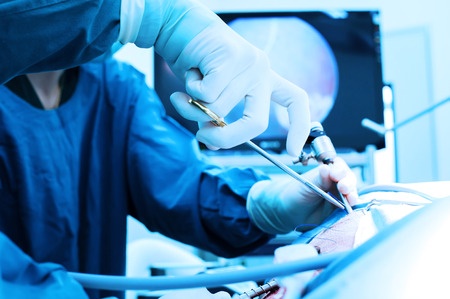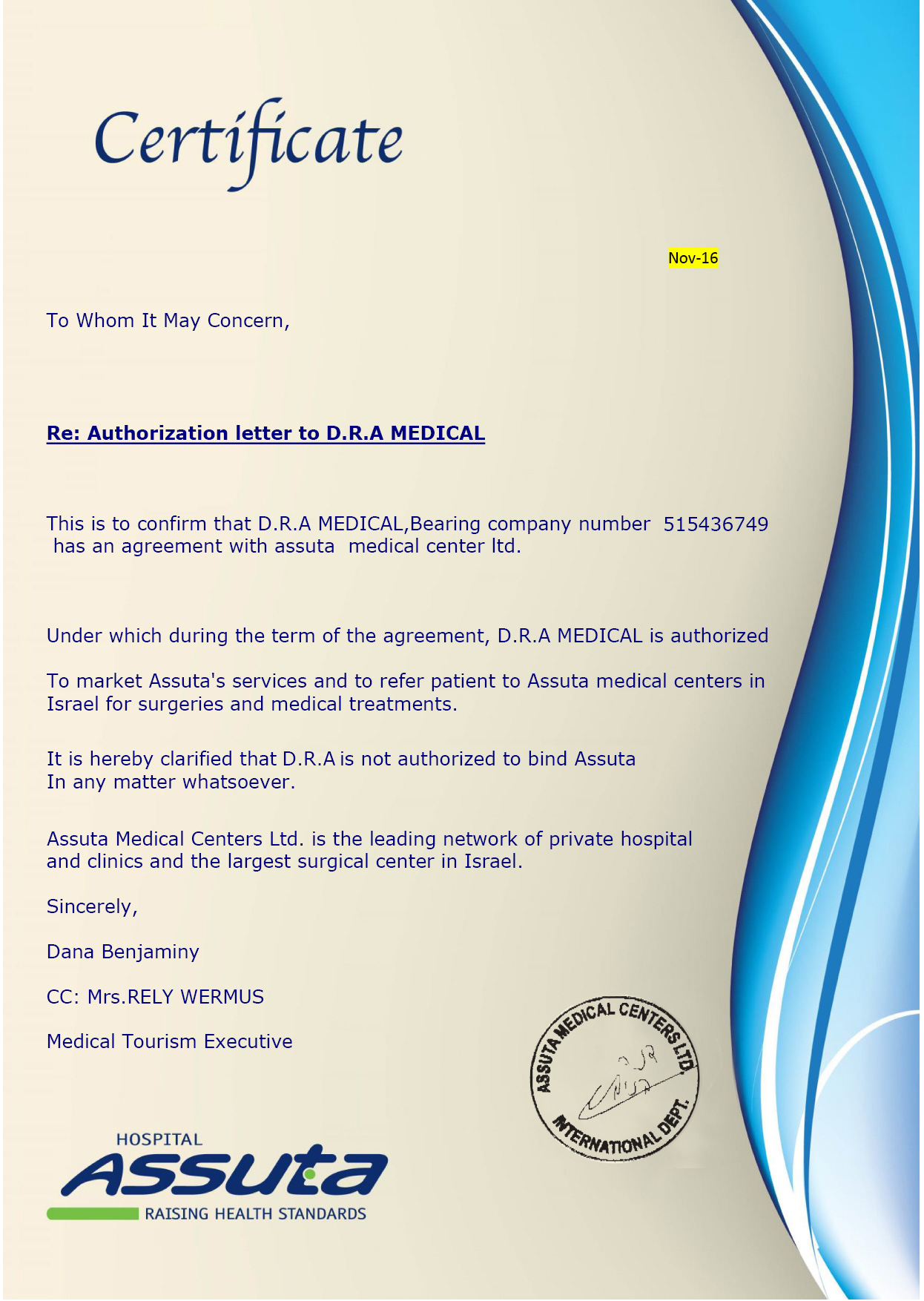Definition and overview
Laparoscopy (laparoscopic surgery), sometimes also referred as minimally invasive surgery (MIS), is a modern surgical endoscopy technique, which is performed to inspect and diagnose a certain condition or surgically treat the abdominal organs or the female pelvic organs through small incisions (usually 0.5–1.5 cm in size) using a camera and special laparoscopic instruments.The key tool for laparoscopic surgery is laparoscope which is a thin flexible tube providing the light to illuminate and view an operative field. The laparoscope is inserted through a small incision in the abdomen and delivers images that can be observed on a computer screen. A similar procedure can be used to inspect the organs of the pelvis (gynecologic laparoscopy or pelviscopy). Surgeons are using two types of laparoscopes:
- Laparoscopes with a telescopic rod lens system, attached to either a single-CCD (charge-coupled device) or three-CCD video camera
- Laparoscope with a tiny digital video camera device positioned directly at the end of the laparoscope

Advantages and disadvantages of laparoscopy
Like many other surgical techniques, laparoscopic surgery has its advantages and disadvantages as compared to an open surgery. Main advantages include the following:
- Reduced hemorrhaging and reduced chance for blood transfusion
- Smaller incision, which translates into less pain, less pain medication to be used, shorter recovery time, as well as less post-operative scarring
- Hospital stay is shorter, and often the patient is discharged on the same day
- Reduced risk of acquiring infections as the exposure of internal organs is minimized
- Laparoscopy provides a direct access to the abdominal organs and structures without the need for major surgery.
Reasons for laparoscopy
The abdomen contains the organs of the gastrointestinal, endocrine, urinary and reproductive systems. Laparoscopic surgery may be used to inspect and diagnose a certain condition or surgically correct the problems associating with some abdominal organs or female pelvic organs.It may be useful to evaluate the degree of abdominal trauma, including the depth of injury and its location, determine the stage of cancer of the abdominal organs, and the extent of intra-abdominal bleeding.
A specialized area of laparoscopic surgery, known as gynecologic laparoscopy may be employed to evaluate pelvic problems (such as ovarian cysts, and fibroids) and associated pain, and to inspect the fallopian tubes in women experiencing infertility. Other gynecological applications include the treatment of endometriosis and removal of various organs and abnormal structures. This may include the tube and ovary removal, removal of uterine fibroids and ovarian cysts, removal of uterus and cervix, and removal of an ectopic pregnancy in the fallopian tube.
Very impressive results were achieved for the laparoscopic removal of gallbladders (laparoscopic cholecystectomy). Instead of a minimum 20 cm incision used in traditional open cholecystectomy surgical procedure, only four incisions of 0.5–1.0 cm are sufficient for laparoscopic cholecystectomy.

Risks of laparoscopy
As any other surgical procedure, laparoscopy is associated with certain risks and complications. Potential complications of laparoscopy include the bleeding from the site of insertion, inflammation, infections and misplacement of the gas used to help visualize the organs. Although, the incidents of risks and complications are quite low, both doctor and patient should review all of them before the procedure.
Contraindications of laparoscopy
Certain factors or medical conditions may interfere with a laparoscopic surgery procedure. Some of these factors and conditions include the following:- Obesity
- Pregnancy
- Previous multiple surgeries resulting in adhesions that prevent safe access to the abdomen with a laparoscope
- Intra-abdominal hemorrhaging may prevent visualization with the laparoscope
- Compromised cardiopulmonary status
- Ventriculoperitoneal shunt
It is important that the patient should undergo such a procedure only in adequately equipped operating room. The procedure is to be done by highly skillful and trained team of surgeons. The specialists in D.R.A Medical possess a vast experience in performing this surgical procedure.









